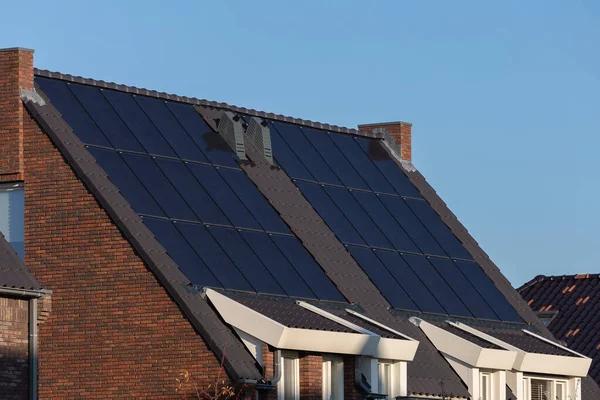The solar energy industry has witnessed remarkable advancements in recent years, driven by the growing demand for sustainable and renewable energy solutions. As the world continues to shift towards clean energy, innovative solar installation technologies are emerging as game-changers, offering increased efficiency, reduced costs, and enhanced adaptability. These innovations are poised to revolutionize how we harness the power of the sun.
One groundbreaking development is bifacial solar panels. Unlike traditional single-sided panels that capture sunlight only on one surface, bifacial panels can absorb light from both sides. This dual-surface design significantly boosts energy generation by capturing reflected sunlight from surrounding surfaces like rooftops or ground installations. Their ability to generate more electricity per square meter makes them an attractive option for residential and commercial setups alike.
Another transformative technology is building-integrated photovoltaics (BIPV). Instead of mounting conventional solar power companies near me panels onto existing structures, BIPV incorporates photovoltaic materials directly into building components such as windows, roofs, or facades. This seamless integration not only enhances aesthetics but also maximizes space utilization while generating clean energy. With advancements in transparent solar cells and customizable designs, BIPV systems are becoming increasingly viable for urban environments where space constraints often pose challenges.
Floating solar farms represent yet another innovation with immense potential. By installing photovoltaic systems on bodies of water such as reservoirs or lakes, floating solar farms mitigate land use issues while benefiting from natural cooling effects provided by water surfaces. This cooling effect helps improve panel efficiency and reduces evaporation rates in water bodies—an added environmental benefit in regions facing water scarcity.
Solar tracking systems have also gained traction due to their ability to optimize panel orientation throughout the day. Single-axis and dual-axis trackers adjust panel angles based on the sun’s position, ensuring maximum exposure to sunlight at all times. Although slightly more expensive than fixed-tilt systems, trackers can substantially increase overall energy output over time.
Additionally, breakthroughs in lightweight flexible panels offer exciting possibilities for portable applications and unconventional installations such as curved surfaces or mobile units like vehicles and tents. These ultra-thin panels combine durability with convenience while maintaining impressive efficiency levels.
As research continues to push boundaries in material science and system design, these innovative technologies promise a brighter future for renewable energy adoption worldwide. By embracing these advancements today, societies can accelerate progress toward a sustainable tomorrow powered by clean solar solutions.
North Valley Solar Power
720 Olive Dr d1 b, Davis, CA 95616
530-564-3260

